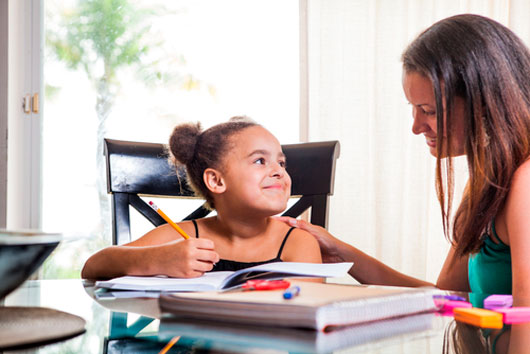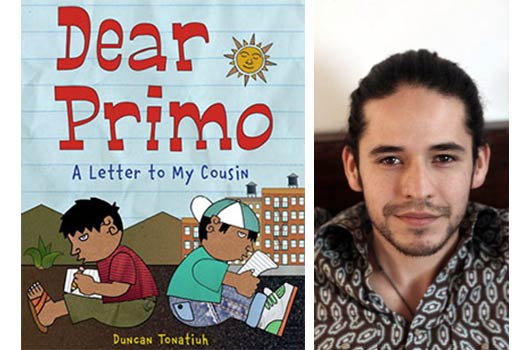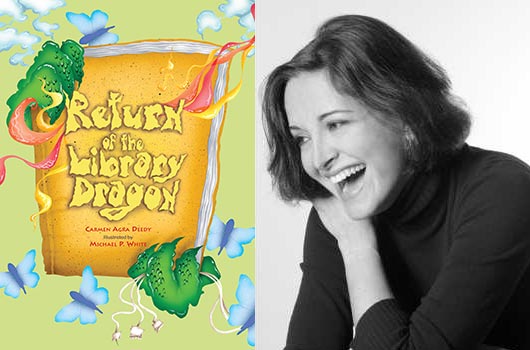
When children hear the words: It’s time to study, they think they’re being hauled off to experience some kind of punishment. What they don’t know is that studying can be fun, interactive, and can happen on a daily basis without them even knowing it. Regular studying can become a habit and something that can help our children, strengthen them as learners and benefit them as they get older. Here are some mom- and teacher-tested tips that will help your child learn to enjoy study time.
START WITH STUDY CARDS
Study cards are a great way to have your child study on the go. Why waste precious time during car rides where he would otherwise play video games or simply gaze out the window? Write his spelling or vocabulary words on some index cards, purchase a round metal ring to keep them all together, and have him review in the car. As you drive, ask your child to recite words, important facts, story elements, even his multiplication tables. You can tailor the study cards to the needs of your child. Make the cards as appealing as possible, changing the colors of the words or buying multicolored cards. For your visual learner those words will bounce off the cards; you can even include a picture to go with the word if that helps your child. You are working with your little scholar and showing interest in what’s really important—studying and education.
MAKE IT A GAME
Speak to your child’s teacher so that you know where your child might be showing deficiencies. Then, make that subject fun to study on a daily basis. For example, if you know your child is struggling with math, you can apply this to something he likes. Next time he plays a video game, make it a challenge to add up all of his points. Keep a pencil and paper nearby and have him add up the score to find the sum of all of the points he earned.
Read Related: 6 Lessons Kids Can Learn From the Super Bowl
Another fun topic to work on at home is measuring time. Have children practice calculating elapsed time by discussing how long it took you to complete something like dinner preparation or how long she played with her sibling during the afternoon. Studying other subjects can be turned into a game by using simple cards or dice, using cars or other small toys, or humorous household objects (How many ounces are in a pound? Let’s put soup cans on the scale to find out!). You can even substitute numbers with real life objects of value such as your child’s favorite candies or coins.
APPLY IT TO REAL LIFE
If your child is learning the concept of measurement in the classroom, bake something with him so he can see the real life connection in cooking. A real discussion and a hands-on experience can come out of that baking session, which will lead to a better understanding of the concept. A child who was struggling with measurement can see how many ounces are in a gallon or how many tablespoons in an ounce. For most students, concepts become clearer when they are able to see and manipulate things instead of just reading from a textbook, which isn’t always so appealing to some children. You don’t want to bore children or turn them off to learning, so make it as fun and interactive as possible.
Simple strategies like these can help your child study on a daily basis without him even knowing that he’s learning and reinforcing classroom concepts. As the years go by observe your child and identify what type of learner he is: logical, linguistic, musical, kinesthetic (tactile), interpersonal, intrapersonal, or visual (or a combination thereof). Some children don’t respond to the drilling of traditional studying and need a special twist in order to grasp and master a new skill or concept. As always, set a great example for your child to demonstrate that learning is important to you as well. These are all important factors to consider when making studying a part of his life (and yours!) forever.










